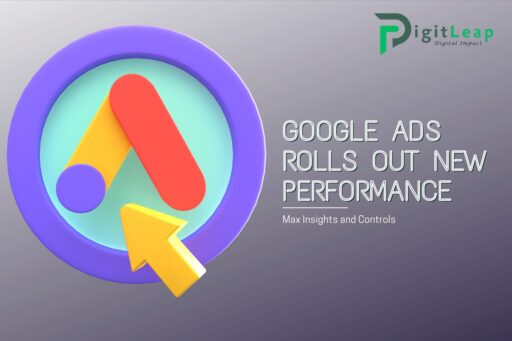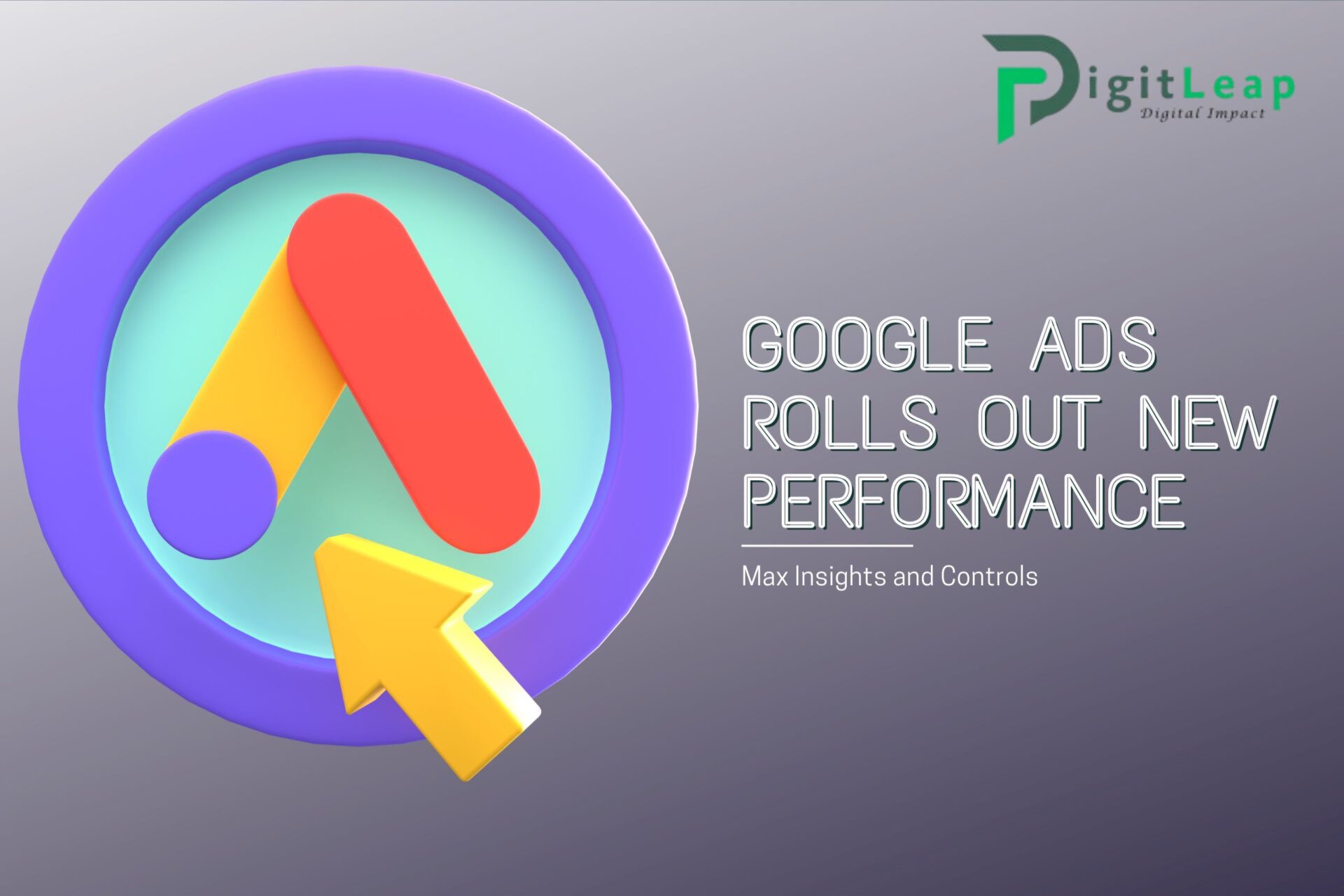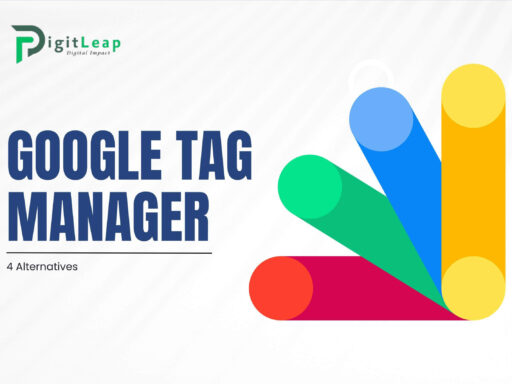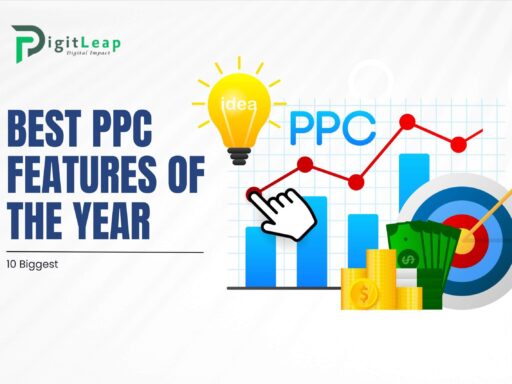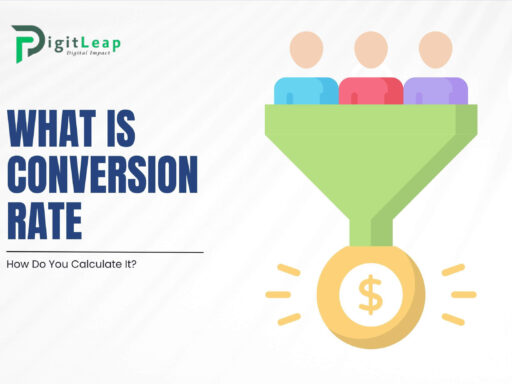Google Ads Rolls Out New Performance Max Insights and Controls
Google Ads has just rolled out exciting updates to its Performance Max campaigns, providing advertisers with enhanced insights and greater control over their campaigns. If you’re an advertiser looking to maximize the effectiveness of your ads, these updates could be a game changer. Let’s dive into the details of what’s new and how these features can help you achieve better results.
Introduction to Google Ads Performance Max
For those unfamiliar, Google Ads Performance Max is a goal-based campaign type designed to help advertisers drive conversions across all of Google’s channels, including Search, Display, YouTube, Gmail, and more. It utilizes machine learning to optimize your ads across these platforms, making it easier to achieve your marketing goals without managing separate campaigns for each channel.
Performance Max campaigns allow you to access all of Google’s inventory with a single campaign, but until now, control and insights were somewhat limited. These new updates address that, providing advertisers with more tools to refine their strategy and improve campaign performance.
Overview of the Recent Updates
Google’s recent updates to Performance Max campaigns primarily focus on delivering better insights and more control over campaign elements. Advertisers can now access richer data on how their ads are performing across different channels and adjust their strategies accordingly. These updates include:
- Enhanced audience insights
- Attribution insights
- Asset performance reporting
- New controls for experimentation and brand safety
These tools are designed to provide a clearer picture of what’s working and what’s not, helping you optimize your campaigns with more precision.
What’s New in Performance Max Insights?
One of the most notable updates to Performance Max campaigns is the introduction of new insights. These insights give you a deeper understanding of your audience, how they interact with your ads, and which elements are driving conversions. Let’s break it down:
Audience Insights: Targeting Your Ideal Customers
Audience insights help advertisers get a closer look at who is engaging with their ads. With this new feature, you can:
- See detailed data on which segments of your audience are driving the most conversions.
- Identify potential new audience segments to target based on similar behaviors.
For example, if you’re selling outdoor gear and notice that a specific audience segment, like “urban explorers,” is driving a lot of conversions, you can adjust your campaign to target similar groups more effectively. This helps in refining your strategy and ensuring that your ads are reaching the right people.
Attribution Insights: Measuring What Matters
Attribution insights are another powerful addition. They allow you to track how different channels contribute to conversions, giving you a more comprehensive view of the customer journey. With these insights, you can:
- Understand how different touchpoints (e.g., YouTube vs. Search) contribute to a single conversion.
- Adjust your bids and budget allocation based on the channels that drive the most value.
For example, you may find that your YouTube ads drive initial interest, but your Search ads are responsible for closing the sale. Knowing this can help you allocate more resources to the channels that have the most impact.
Asset Performance Reporting: Understanding Creative Impact
With the new asset performance reporting feature, advertisers can now assess how their individual creative assets—such as images, headlines, and videos—are performing. This allows you to:
- See which creatives are resonating with your audience.
- Optimize underperforming assets by replacing or adjusting them.
If your video ads are significantly outperforming your image ads, for instance, you might decide to shift more of your budget towards video production or tweak your image creatives to better align with what’s working.
New Controls for Performance Max Campaigns
Alongside these insights, Google has introduced new controls that give advertisers more flexibility in managing their campaigns. These include:
- Performance Max experimentation tool: A feature that allows you to test different campaign setups and strategies to find what works best.
- Brand safety controls: New tools that ensure your ads appear only in placements that align with your brand’s values.
Experimentation Tool: Testing and Improving Campaigns
The new experimentation tool lets you set up controlled tests within your Performance Max campaigns. This means you can experiment with different assets, audience targeting, or bidding strategies without disrupting your entire campaign. For example, you could test two variations of ad creatives to see which one performs better before rolling it out on a larger scale.
Brand Safety Controls: Protecting Your Reputation
Brand safety is a top priority for many advertisers, especially as ads appear across multiple platforms. The new brand safety controls ensure that your ads only appear in suitable placements. You can exclude certain websites or categories, protecting your brand from appearing alongside inappropriate content.
Campaign Optimization Tips with Performance Max
With all these new tools and insights, how can you make the most of your Performance Max campaigns? Here are some key tips:
- Regularly review audience insights to ensure you’re targeting the most valuable customers.
- Use attribution insights to adjust your bids and budget based on the most effective channels.
- Continuously optimize your creative assets by testing different versions and focusing on the ones that drive the best results.
- Make use of the experimentation tool to test changes in a controlled environment before applying them across your entire campaign.
Leveraging AI in Performance Max Campaigns
Performance Max relies heavily on artificial intelligence (AI) and machine learning to optimize ad placements, bids, and targeting. The more data your campaign gathers, the better the AI becomes at predicting which combinations of audience, creative, and channel will drive the highest conversions. It’s like having a super-powered assistant that constantly refines your campaign for optimal results.
Comparing Performance Max to Other Google Ads Campaign Types
Performance Max is unique compared to other Google Ads campaign types, like Search or Display, because it consolidates multiple channels into one campaign. While Search campaigns focus on keyword targeting, and Display focuses on visually driven ads, Performance Max uses all available channels and optimizes them automatically. It’s a great option for advertisers who want a comprehensive solution without managing separate campaigns.
How These Updates Impact Small and Large Businesses
Whether you’re a small business or a large enterprise, these updates can significantly impact your advertising results. For small businesses, the audience insights and attribution tools provide valuable data without the need for extensive marketing teams. Large businesses, on the other hand, can use these insights to manage complex, multi-channel campaigns more effectively.
Case Studies
Several brands have already seen success using the new features in Performance Max. For instance, a fashion retailer might find that their video ads on YouTube are driving high engagement but need to tweak their display ads for more conversions. By using the experiment tool and audience insights, they could fine-tune their campaigns to see significant improvements in return on ad spend (ROAS).
Conclusion
Google’s updates to Performance Max campaigns offer advertisers powerful new insights and controls,

